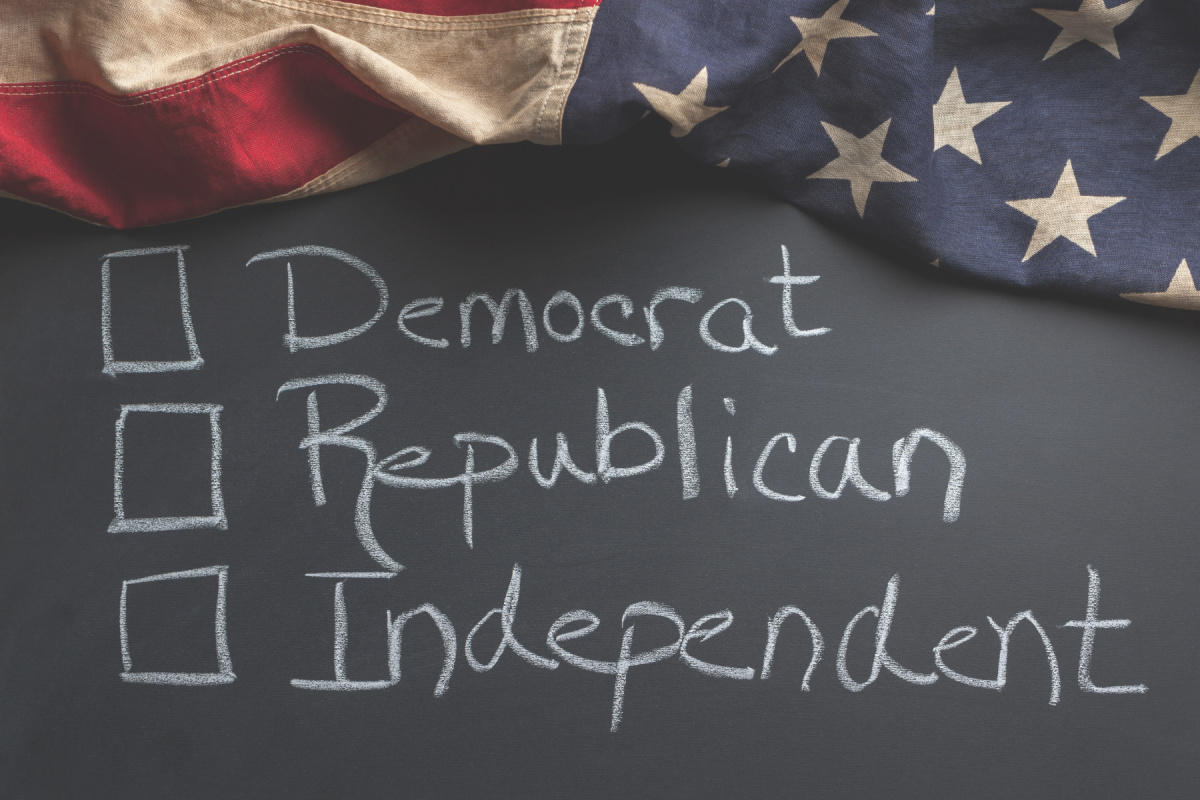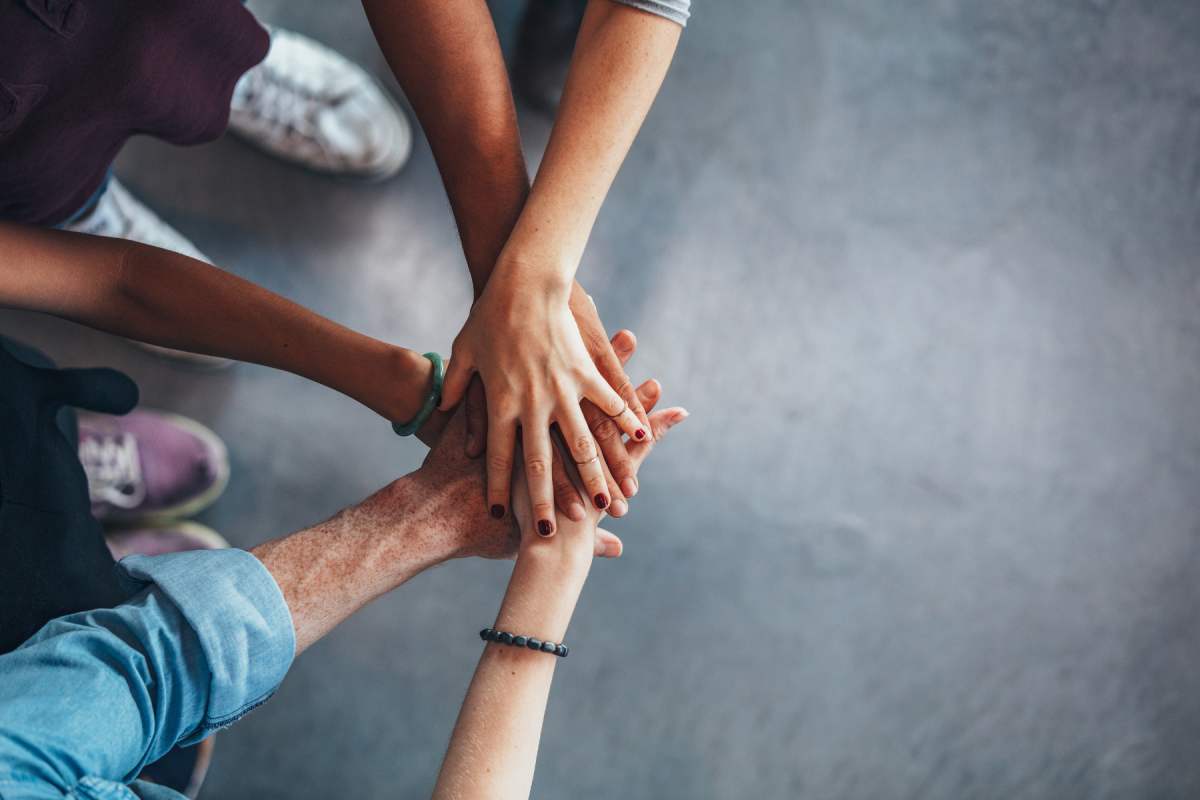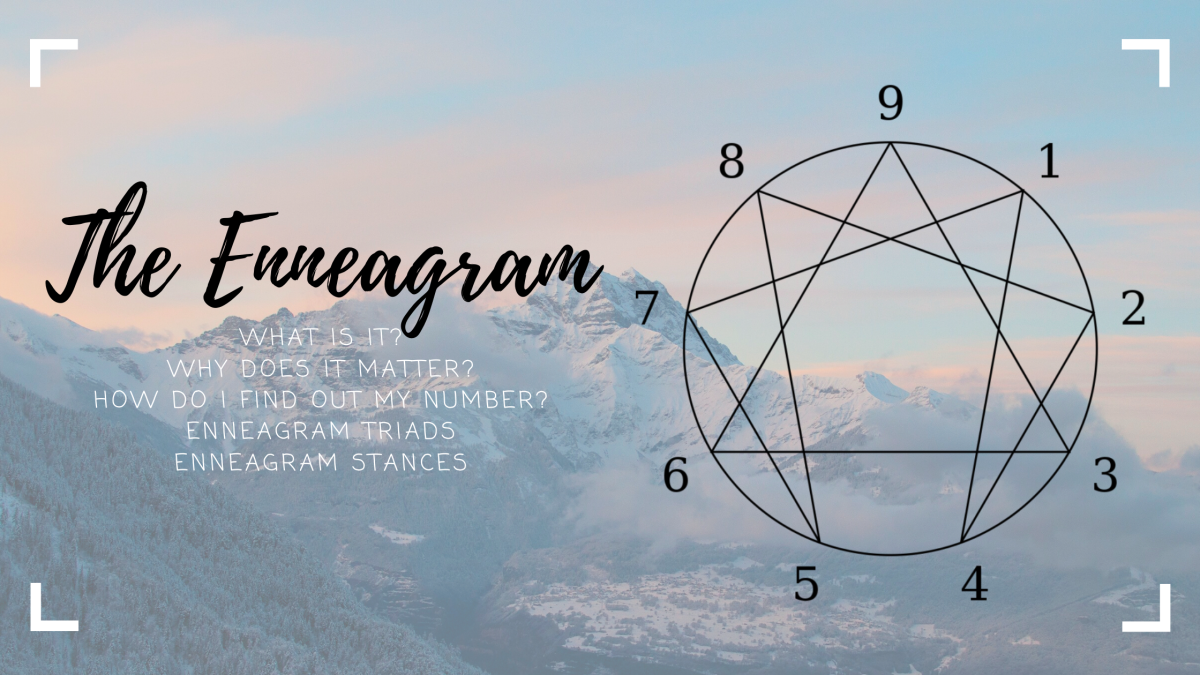It is interesting to me that there are parts of us that are so deeply imbedded that we don’t even recognize it about ourselves. I wouldn’t have always called myself a people pleaser. Those are words that I didn’t use to describe myself up until the last several years.
I think if I would have paid more attention, I would have seen it. After all, it was well known that growing up even a disappointed look from my parents brought me to tears. They would often say something like, “why are you crying, we haven’t said anything yet.”
In high school, I had a teacher that told me/the class, you can please some people all of the time and all people some of the time, but you can’t please all people all of the time. I argued with him. He went on to explain that he could go get a bunch of candy bars for the whole class and inevitably someone would be unhappy. I never forgot that conversation. Even though it made perfect sense, I never wanted to believe it. I thought I was the exception to the rule. I could find a way to please everyone.
Even with those stories, I am not sure I would have always labeled myself a people pleaser. It might seem obvious to you, but I think we often don’t pay attention to ourselves. At least I didn’t. I certainly did not know how deep my people pleasing went. Maybe I still don’t.
When I stumbled across the Enneagram again in the summer of 2018, it hit me different. I couldn’t tell you why. I had heard of it before and even took the tests. It was interesting to me. But this time was different. I decided to dive deeper. I don’t know if it was something that was said on the podcast that I was listening to or if I was just in a different place in my life. Whatever the reason, it changed me.
I didn’t just take the test. I read books. I listened to podcasts. I talked about it.
One might say I was obsessed.
The first thing I learned was that I didn’t actually know myself very well. I thought I was a pretty self aware person, but I hadn’t paid close enough attention until then. It was hard to determine my type. I would often test as an Enneagram 1. That made sense, but I wasn’t convinced. I didn’t really identify with some of the key components and motivations. Plus, I actually I had a lot of Enneagram 2 tendencies.
So I spend some time really trying to understand myself. I wanted to unearth where my actions, thoughts and feelings were coming from. I never realized how much more there was to all of these things. There were underlying factors or motivations that I didn’t realize. It was often not easy to figure out. So I journaled about my past and I watched myself in the present.
For the first time, I realized that many of the things I was doing was determined by what people wanted or expected of me. This may sound like something I should have known, but I don’t think I did. Maybe I just never took the time. Maybe it was just so natural that I didn’t even think about it. Whatever the case, this was new information for me.
I was motivated by being liked and accepted. Things that just seemed to be a natural part of who I was, were actually me trying to please others and gain approval or love. I already knew on some level that I was a people pleaser (see above), but I thought it was about them. I thought I was just going through life trying to think of others first and make people happy. I thought I was just being a good person.
Don’t get me wrong, it is important to me to not be selfish and to put others first. Many times I am truly trying to do for others or make them happy. But I realized that there was also a selfish layer to this.
While I am very interested in pleasing, helping and doing for others, there is this element of my identity being wrapped up in it. It is so wrapped up in it that I wasn’t even seeing it. I didn’t know that I was trying to earn love and acceptance. It wasn’t just that I wanted people to be happy. I wanted people to be happy so that I could feel valued. On some level, my kindness and people pleasing was an effort to hang on to them and also feel good about myself.
As I explored this, I basically ruled out that I was an Enneagram 1. I concentrated more on determining if I was an Enneagram 2. Through more self reflection and soul searching, I came to realize that I might actually be an Enneagram 3. Enneagram 2s and 3s do have a lot of similarities. Finding the differences between the two isn’t always easy. I certainly didn’t look like a typical 3, but my biggest fears… MISTAKES and FAILURE.
I dug deeper and although it appeared it was about being loved, that wasn’t actually it. There was more to it. My actions or inactions were in an effort to be admired. That always sounded a little funny to me. I don’t actually wonder if people admire me or not. But you know what I do want and think about? What people think of me. Do people think highly of me? Have I done something to lower people’s opinion of me? It is so engrained it me that I still don’t always understand the extent of it. It is so subconscious (unconscious?) that I don’t always even know that I am doing it.
My world is so controlled by external motivations. Sometimes these are real expectations and somethings they are just ones I perceive. I am either trying to keep people thinking highly of me or figure out how to improve what people already think of me. And above all else, I don’t want to do anything that would make people think less of me. Again, most of this is not something I consciously think about. But if you knew all the thoughts that went through my head and how many of my actions were based on people’s perception of me, you would be shocked.
This is where my value comes from. What value do I have if I am not pleasing others, doing what people want and expect of me and/or exceling? Where is my value if not in what I do?
Who I am is not enough. It isn’t enough just to be me. I have to do something or be something that brings value to others. I have a rock on my desk from a women’s retreat that just says “enough.” I keep it on my desk, hoping to remind myself that I am enough. Sometimes I believe it. Although I often feel as though I (or my actions) are not enough. It always seems like I could be doing something more or better.
So that summer of 2018, the Enneagram grabbed my intention and took me on this crazy journey. I am confident that I am an Enneagram 3. I have learned a lot about the Enneagram and I truly enjoy it. A conversation or a deep dive into the Enneagram ignites a passion inside of me.
The Enneagram taught me a lot about myself. However, the biggest changes in my personal growth were due to Brené Brown. I know that I had to learn more about myself before her work could really affect me. I had to be willing and able to face the truth about myself.
In July of 2020, the slowest and most boring summer ever, I picked up Rising Strong. I had listened to some of her work before, but I hadn’t read any of her books. I had listened to podcasts, Ted Talks and other audio recordings. But for whatever reason, I finally decided to dive in.
In the last 9 months I read Rising Strong (twice), Daring Greatly (twice), The Gifts of Imperfection, Braving the Wilderness, Dare to Lead and about half of I Thought It Was Just Me. I read some other books (or partial books) as well, but nothing has left a mark quite like Brené Brown.
Before I read those, I would have told you that I was not a perfectionist. I don’t need things to be perfect. There are many things in my life that are not. I do value excellence, but not perfection. But then I realized, there is one thing that I do need to be perfect. ME. I know. I know. I am nowhere close to perfect. But without even realizing it or trying, I am constantly aiming for perfection. Somewhere along the the line, I learned, picked up or assumed that to be accepted and admired (or even liked), I had to be perfect. I had to excel. I couldn’t make mistakes. My life is ruled by the word “should.”
I realized that my whole life was filled with trying to perform, perfect, please and prove. Seeing and admitting this was part of the battle. Although I have made progress in some areas, I am still uncovering areas of my life where this is still very evident.
My people pleasing is deeper than what I can do for others. It is also about who I can be. If I am good or do good, people will think highly of me. I won’t disappoint them. They will be pleased. They will love and accept me. Maybe then I will be enough.
These are the thoughts processes that I am trying to overcome. Brené’s books and research have changed my life and I know it is just the beginning. I’ve learned a lot about shame (that I never thought I had), vulnerability (that I didn’t realize I was so afraid of), love, belonging, courage and authenticity.
I am starting to reread both Braving the Wilderness and The Gifts of Imperfection. I plan to write about them both this time around. I know I have so much more work to do. I want to teach Emily what I am learning because I don’t want her to have to learn it in her 40’s like I am. I can’t imagine what would be different had I know this as a young adult. (Hence why I do truly believe every one should read these books.)
I was listening to another audio of Brené’s a couple of weeks ago and I realized that true growth for me means that you will see more of my mistakes or short comings. I spend my life trying to cover these up or hope you don’t notice. I do my best to please others to gain approval. I always wonder what I should do or be.
But to truly be my most authentic self, I can’t do any of that. I have to let things go. I have to figure out who I am outside of people pleasing and perfectionism. Therefore, I might look different to you. I might do things you don’t understand. You might not agree with all of my choices. You might see me make mistakes. You might see me fail.
Honestly, that is beyond terrifying to me, but I know that is what I have to do. I have to let go of what people think of me, what I should do or be and all of these real or perceived expectations placed on me. I have to learn how to be enough without worrying about expectations.
It won’t be easy and and it won’t happen quickly, but it is my journey.
Final Thoughts: Some days I make progress with people pleasing and perfectionism. Some days it takes me 3 days of editing to write a blog post and a painstaking long time to come up with a title.



